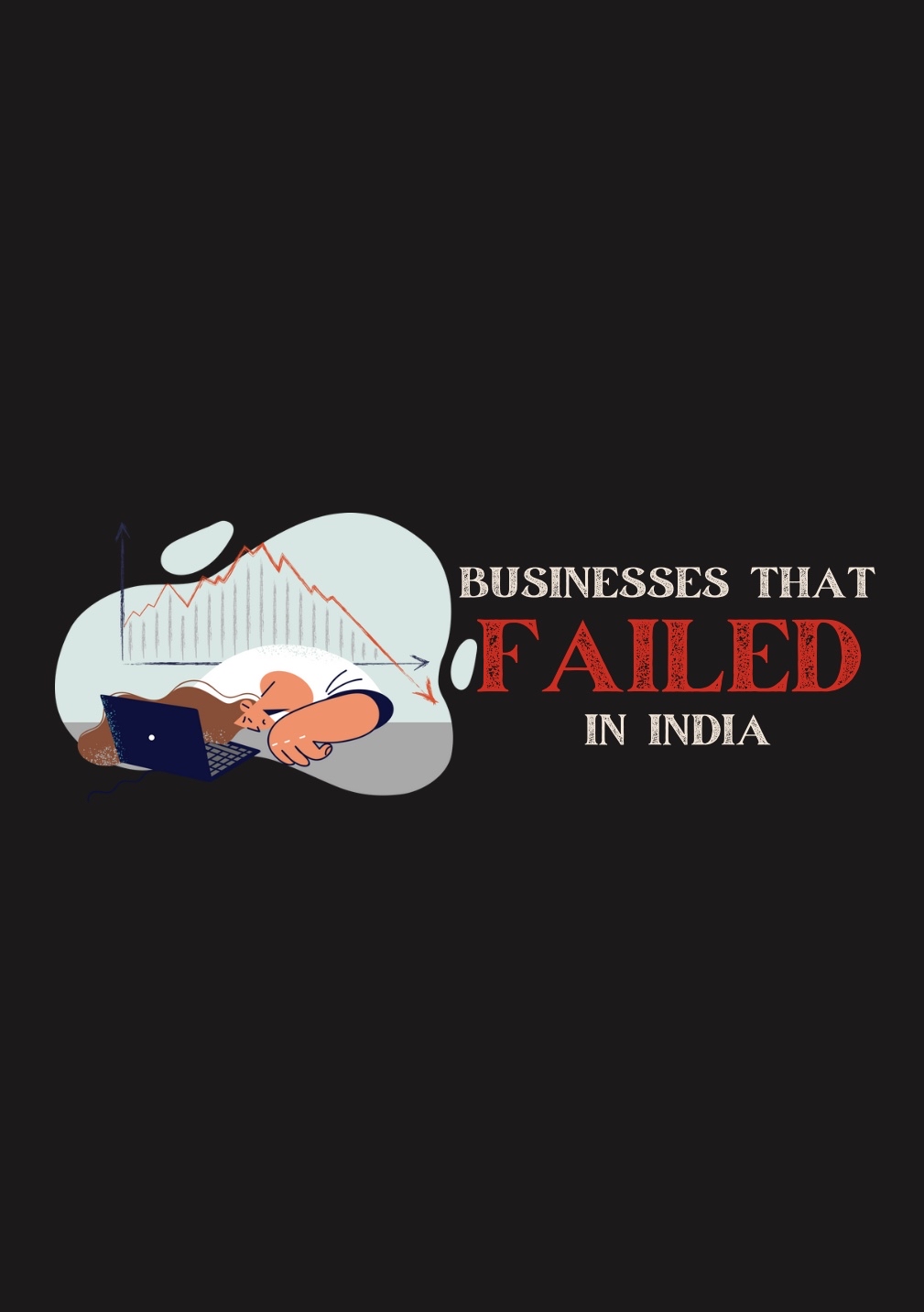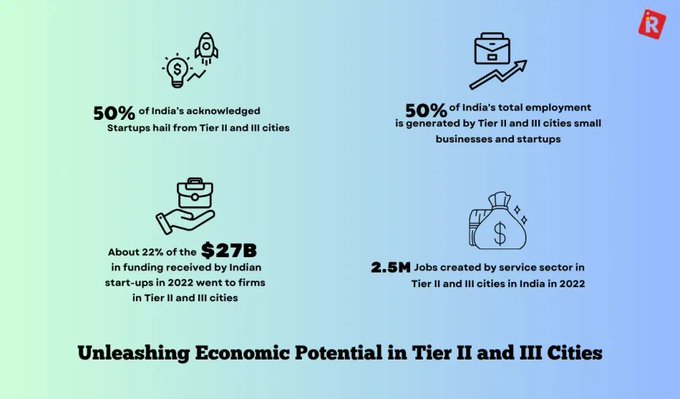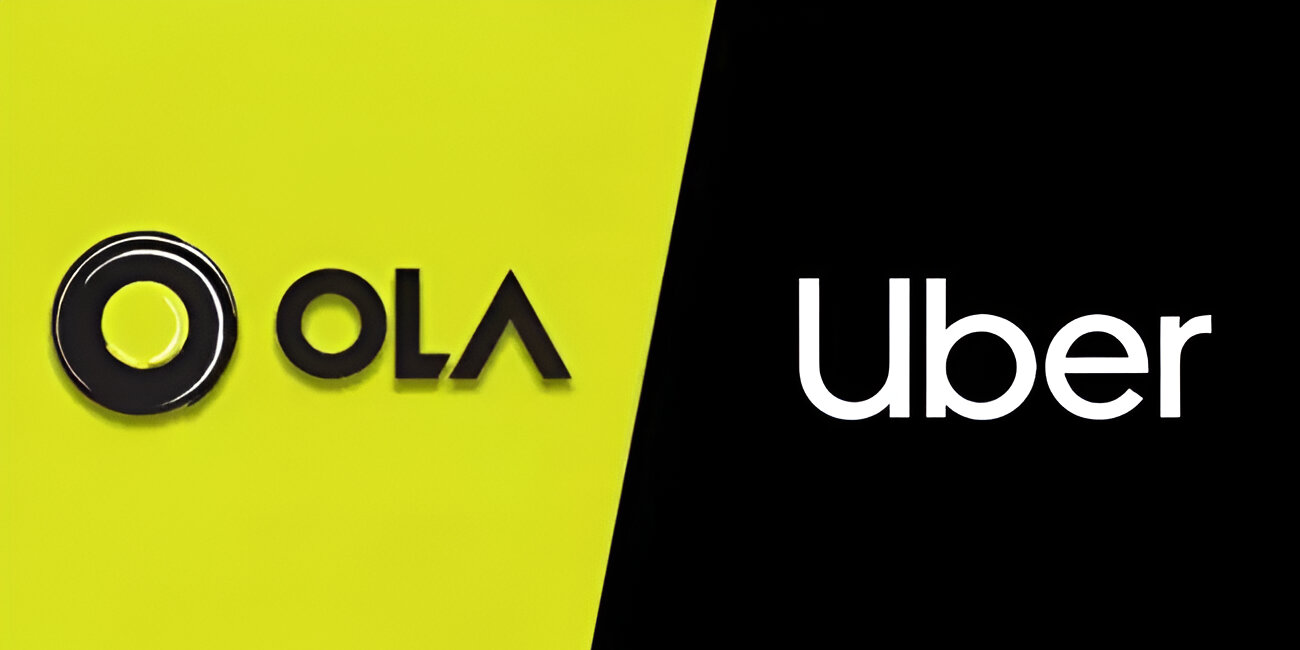Back
Hiral Jain
CA inter • 1y
Hey everyone! Today we're diving into why Uber couldn't replicate its global success in the Indian market, and why Ola came out on top. Let's find out what went wrong for Uber and what Ola did right! Day 5 of knowing about companies that failed to acquire our market! First off, Ola understood the Indian market and our preferences way better than Uber. They introduced features like cash payments, which was a game-changer in India. While Uber focused mainly on tier 1 cities, Ola quickly expanded to tier 2 and 3 cities, capturing a significant market share. Additionally, Ola built strong relationships with drivers and offered them attractive incentives, something Uber didn't do as effectively. Ola also worked on maintaining good relations with local authorities, giving them an edge in the market. Finally, Ola was seen as a homegrown brand in India, resonating well with the local consumers. This local brand perception gave Ola a significant advantage. Exciting stuff, right?

Replies (8)
More like this
Recommendations from Medial
Rohan Saha
Founder - Burn Inves... • 1y
Just as we look at India’s second-hand car market, we can similarly look at India’s second-hand mobile market. There is still a significant gap here, especially in Tier 3 and Tier 4 cities. While there are some startups in Tier 1 cities, no one is cu
See MoreSunderam Dutta
Best your best. • 12m
I have an idea of a grocery delivery service for tier 2, tier 3 cities. We know that tier 1 cities Big basket is dominating but in tier 2, tier 3 cities there is no big player, there is a market for value concious customers, we can create an online D
See MoreShashank
One step at a time, ... • 1y
Nowadays, quick commerce is booming, and many people in tier 1 cities use the services of quick commerce giants. However, recently, many people from tier 2 cities, and tier 1 cities where quick commerce giants haven't yet established a strong presenc
See MoreDownload the medial app to read full posts, comements and news.




































